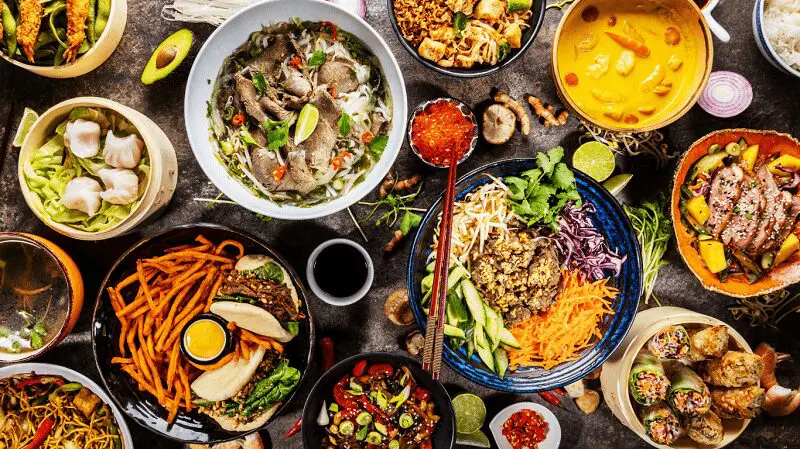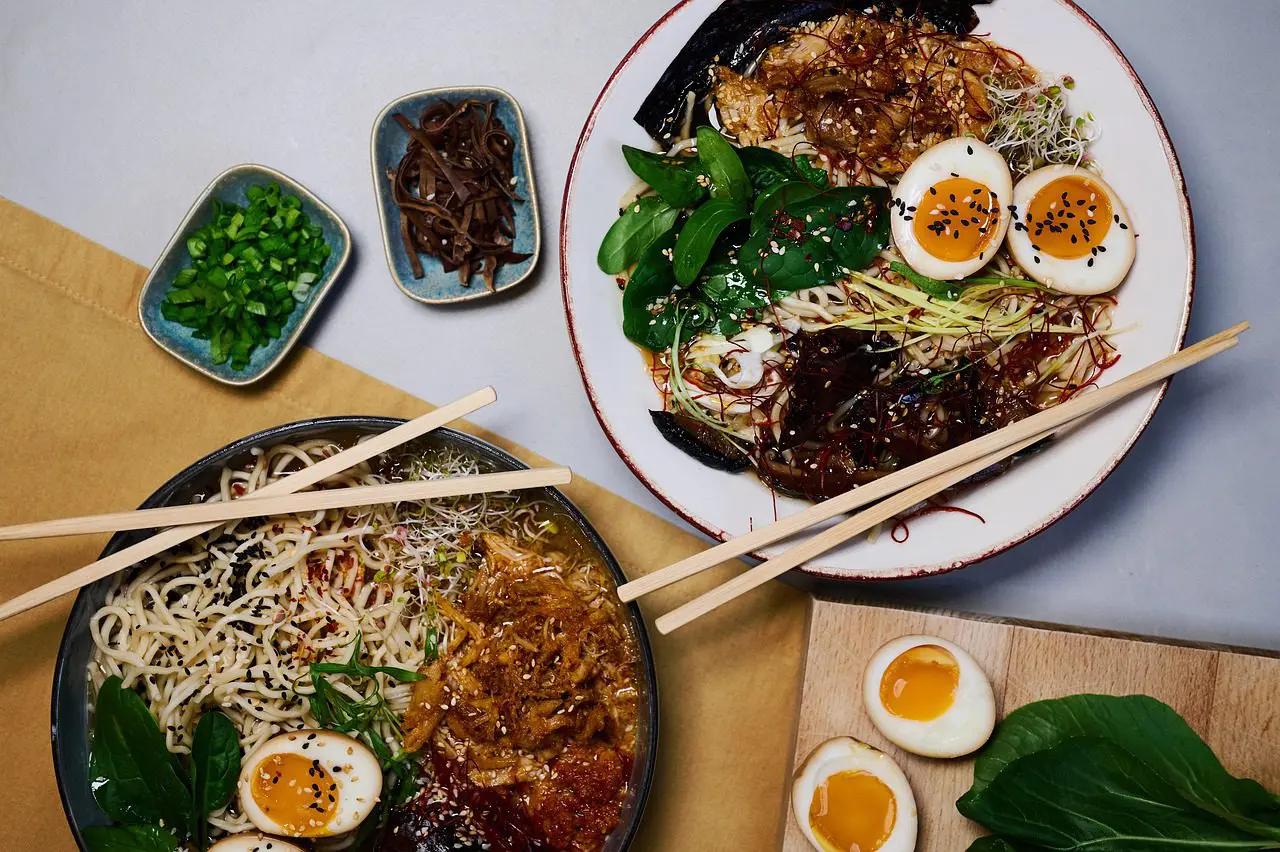Caviar, Oysters, and Buckwheat? These are the New Ramen Predicted by the Food trends of 2024!
Published: Jan 25, 2024/ Last Updated:Jan 25, 2024
- 8 min read

Hello to all ramen enthusiasts, nationwide! As January 2024 nears its end, we bet many of you have already penned down your New Year’s resolutions. While the usual goals like maintaining a diary or starting a fitness routine are great, why not spice things up by adding “exploring new ramen flavors” to your list? The ramen world is ever-changing, bursting with new varieties each day. It’s a vibrant scene and sticking to just one favorite flavor means missing out on a whole spectrum of delicious possibilities! Sure, not every new flavor might hit the spot, but it’s this adventurous spirit that propels the ramen industry forward. Imagine the thrill of discovering ramen that’s just perfect for you – it’s an unparalleled joy.
So, what’s in store for ramen lovers in 2024? Predicting the exact trends can be tricky, but let’s take a cue from our previous article where we forecasted future ramen trends based on 2022’s food fads (remember PREDICTING THE NEXT GENERATION OF RAMEN BASED ON FOOD TRENDS FOR 2022? HERE ARE SOME OF THE HOTTEST INGREDIENTS!). We’ve scoured the latest food trend announcements, and with a bit of our own guesswork, we’re excited to make some bold predictions about the ramen flavors that might take 2024 by storm!
- Index
■Caviar
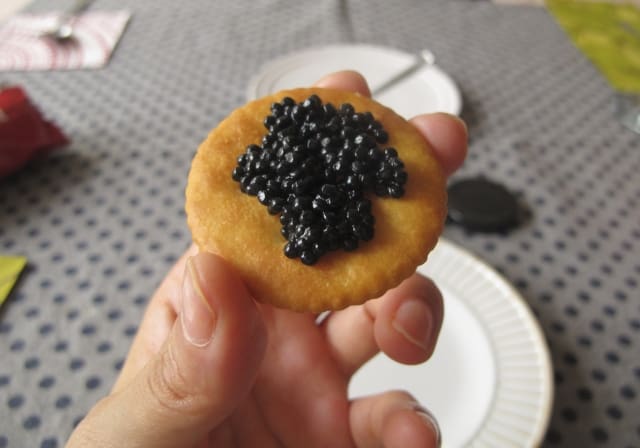
It seems that the allure of ‘petit luxury’ – small indulgences that add a touch of elegance to everyday life – has captured many hearts lately. This might explain why, in 2023, caviar emerged as a trendy way to reward oneself. The practice of the “Caviar Bump,” where caviar is placed directly on the hand and savored, particularly caught everyone’s attention. As we move into 2024, this trend shows no signs of slowing down. Given its popularity, it’s not a stretch to imagine chefs experimenting with caviar as an innovative ramen topping. But then, the question arises: “Do ramen and caviar really pair well?” The answer is a resounding yes! While not widespread, there are already some eateries in Japan offering this luxurious combination, hinting at a potential trend in American ramen joints too.
On a related note, let us introduce another intriguing ingredient popular in Japan – tonburi, often dubbed as “land caviar.” This nickname becomes clear when you see tonburi, which resembles caviar in appearance. Let’s take a look at a picture of tonburi to see why it’s earned such a unique moniker.
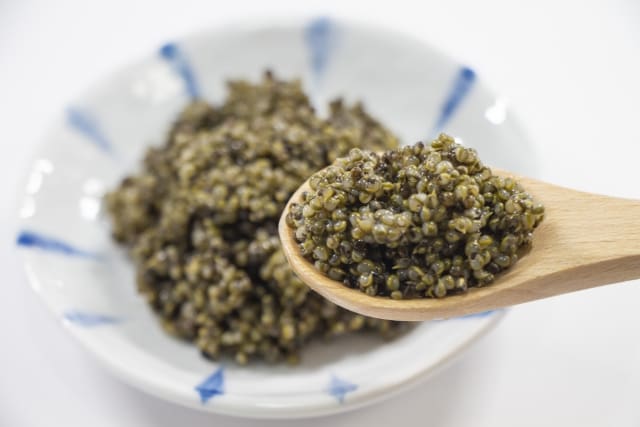
Tonburi comes from the kochia plant. It’s quite a marvel, resembling traditional caviar in both looks and texture. What makes it even more appealing is its price point – it’s significantly more budget-friendly than actual caviar. But here’s a little heads-up for those thinking of using it as a caviar substitute in their dishes: while tonburi brings a similar texture to the table, it doesn’t quite mimic the rich, nuanced flavor of fish roe caviar. So, when you include it in your recipes, expect a delightful but different taste experience.
■Nori seaweed
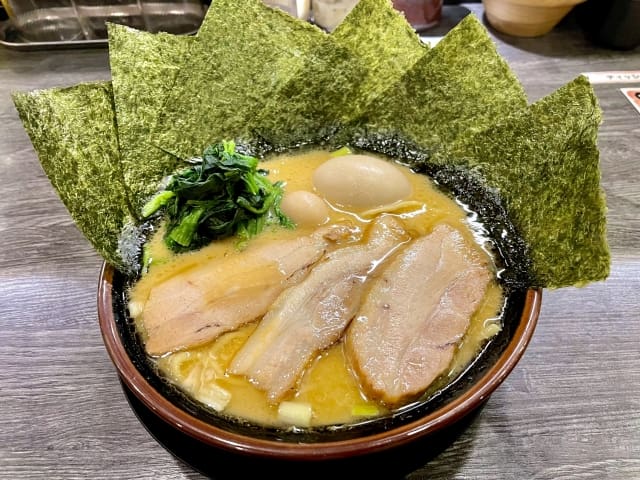
Have you ever heard of “regenerative agriculture”? It’s an approach to farming that’s all about restoring and enhancing the natural environment, and it’s a key piece in our journey towards a sustainable society. This concept isn’t just limited to land-based farming; it extends to the seas as well, particularly through practices like seaweed cultivation. Seaweeds, including nori, play a vital role in environmental regeneration. They absorb significant amounts of carbon dioxide from seawater and release oxygen, making them eco-heroes of the marine world.
As awareness of seaweed’s environmental benefits grows, we can expect its consumption to rise soon. This means nori, already a popular ramen topping, might see an even bigger spotlight. While seaweed is a classic addition to many ramen recipes, there’s a particular style catching on in Japan – “nori ramen,” where the seaweed lines the edges of the bowl. Given the trend, it might not be long before this stylish and eco-friendly ramen variation becomes a hit in the United States too.
■Oyster

Oysters, much like nori seaweed, are gaining attention for their role in environmentally regenerative agriculture. They naturally filter water during their cultivation, contributing positively to the ecosystem. Now, here’s a fascinating tidbit about American oysters from a Japanese perspective. The “Kumamoto Oyster,” highly popular in the U.S., has its roots in Kumamoto Prefecture in Japan’s Kyushu region. This connection dates back to post-World War II, when Kumamoto oysters were first exported to the United States. Interestingly, after the exports ceased in 1958, Kumamoto itself stopped producing these oysters. However, due to the high regard for their quality in the U.S., the “Kumamoto” name lived on for similar oysters stateside. Fast forward to 2011, and the cultivation and shipment of “Kumamoto Oyster” interestingly resumed in Kumamoto, Japan – a unique twist in the oyster tale!
But how does this relate to ramen, you ask? In Japan, oyster broth has become a popular base for ramen, well-known for its deliciousness. Our previous article, THE SECRET TO UMAMI IS IN THE DASHI! LOOKING INTO DASHI IN RAMEN., delved into the trend of dashi (soup stock) made from various shellfish ingredients such as hamaguri clams and shijimi clams. Dashi made from oysters is part of this wave. Given the popularity of oysters in the U.S., ramen made with oyster broth holds immense potential to become a favorite. It’s an exciting fusion of Japanese culinary innovation and a beloved American ingredient – a combo that promises a unique and tasty experience for ramen enthusiasts.
■Buckwheat

Buckwheat, a powerhouse of protein, carbohydrates, and fiber, has been making waves as a gluten-free alternative recently. As a Japanese, buckwheat naturally conjures up images of soba noodles. However, its use extends far beyond that – think buckwheat flour for pancakes, showcasing its impressive versatility. This adaptability is a big reason behind its growing popularity. Internationally, one of the most renowned buckwheat dishes is France’s galette, a type of buckwheat crepe.
In Japan, buckwheat consumption is widespread, and its influence on ramen, especially considering ramen’s historical connections to soba, is undeniable. But what if buckwheat were to inspire a new twist on ramen in 2024? One idea could be combining soba noodles with ramen soup. However, this isn’t commonly done, possibly because the subtle flavors of soba might clash with the rich, bold broths typical of ramen. This thought led us to consider the numerous stand-up soba noodle shops across Japan.

Stand-up soba noodle shops are a staple in Japanese train stations, beloved by busy commuters for their affordability and speedy service. What’s often overlooked is that some of these stand-up joints also serve ramen. Now, let’s translate this concept to the American dining scene. Imagine a “ramen-style restaurant that serves soba.” This could be a refreshing and exciting addition, especially for those always on the go, seeking a quick yet satisfying meal.
■Nostalgic food

The charm of nostalgic foods, like casseroles and mac ‘n’ cheese, continues strong into 2024. In a quest for a comfort dish that pairs well with ramen, we found a perfect match: chicken noodle soup. This combination, blending the homey comfort of chicken soup with the satisfying texture of ramen, is a cozy culinary delight. If you’re keen to try, check out the recipe below, and remember to keep ramen noodles separate from the broth until cooking time, as they tend to get soggy. This simple tip is key for enjoying this nostalgic, heartwarming fusion.
■Seabura Chaccha-kei Ramen
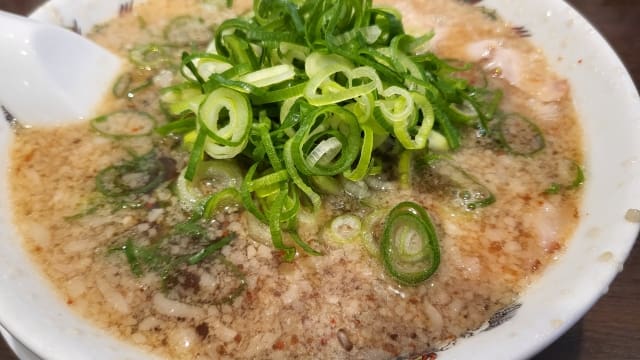
It’s been over a decade since the ramen boom ignited in the U.S., introducing a variety of Japanese ramen styles, from tonkotsu to tsukemen and mazemen. Yet, some popular genres in Japan are still relatively unknown in America. We highlighted “Tenkaippin” ramen in our previous article (WHERE IS THE RAMEN BOOM IN THE U.S. HEADED? WE MADE A BOLD GUESS OF ITS FUTURE!), but “Seabura Chaccha-kei” ramen could be the next big hit. This style is distinguished by its liberal use of pork back fat, hence its name which means “sprinkled with back fat.” To really appreciate its unique appeal, we recommend watching a video of its preparation (particularly from around 4:50). This rich, flavorful style has great potential to resonate with American ramen lovers.
If you’re captivated by the rich umami of tonkotsu ramen, you will surely be captivated by the shock of the new strong broth from Seabura Chaccha-kei ramen.
■Smoked Foods
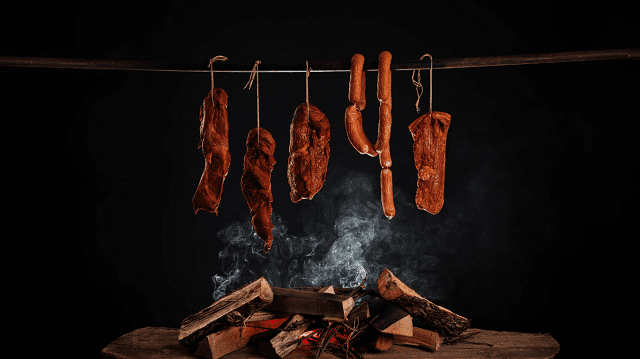
Synergy’s forecast for 2024 suggests a trend towards richer, more impactful flavors, with smoky tastes, especially from smoked foods, leading the way. This is particularly intriguing in the U.S., a country synonymous with BBQ, where a variety of meats like beef, pork, lamb, and bacon are traditionally smoked. Interestingly, this smoky trend is making its way into Japanese ramen restaurants, which have started offering smoked toppings like chashu pork and “kuntama” (smoked boiled eggs). But the innovation doesn’t stop there – one restaurant is even infusing smoky flavors into the broth, enhancing the entire ramen experience.
This approach could potentially resonate well in the U.S., blending the beloved American BBQ culture with the ever-popular world of ramen.
The fusion of ramen and smoked flavors in Japan has set the stage for an exciting culinary trend in the U.S., where introducing smoked toppings to ramen seems like a natural evolution. With the anticipated shift towards smoky flavors in the U.S. food scene in 2024, we can expect a surge in ramen restaurants that highlight these rich, aromatic notes. A perfect example of this emerging trend is REDWHITE BONELESS RAMEN, a restaurant that’s already ahead of the curve. Their unique serving style features ramen with a lid, capturing and intensifying the smoky aroma. The moment you lift the lid, a wave of mellow, smoky fragrance enhances the ramen experience, a tantalizing preview of what might become a widespread trend in 2024.
You can also find ramen recipes introduced on the Internet that utilize smoked meat as a topping. This may also have something to do with the smoky flavor ramen boom that is sure to come. Here are a few of them for your reference, and if you are interested, you can try them at home.
■Conclusion
In this article, we’ve ventured some bold predictions about the future of ramen, based on the food trend forecasts for 2024 already circulating. It’s exciting to ponder which of these predictions will materialize. Do you have any predictions of your own, perhaps something we haven’t covered? Feel free to share your thoughts with us!
Here’s an extra prediction for a bit of fun: the launch of a celebrity-owned ramen restaurant! We’ve seen famous figures like Robert De Niro enter the restaurant scene with NOBU, but the ramen world hasn’t quite seen this trend yet. Imagine someone like Keanu Reeves, known for his love of ramen, opening his own noodle spot. That would be quite the headline!
We hope these predictions add an extra layer of excitement to your ramen adventures in 2024. If any of them do come true, remember where you heard them first! Looking forward to sharing more insights and ideas in the next article. Until then, happy ramen exploring!
Reference links:
2024 Food and Drink Trends – Yelp
Get an early taste of top food trends for 2024: Recipes, tips and products rising in popularity – ABC News
2020年、環境再生型農業が拡大する――サステナビリティの次の段階「リジェネレーション」とは | サステナブル・ブランド ジャパン | Sustainable Brands Japan
The Next Big Things: Our Top 10 Food Trends for 2024 | Whole Foods Market
These Are The Food Trends For 2024 — Here’s What’s Worth It – Brit + Co
5 Trends to Watch 2024: Savory – Synergy
ラーメンの次なる潮流は「新しさ」から「懐かしさ」へ! 注目を浴びる新ジャンル「ネオクラシック系」とは? – ライフ・文化 – ニュース|週プレNEWS
食トレンド予測2024|クックパッド
今注目!“海の脱炭素” ブルーカーボン | NHK | WEB特集
畑のキャビアと呼ばれるとんぶりとは?栄養やレシピをご紹介 | DELISH KITCHEN
クマモト・オイスターの復活ヒストリー – 熊本県ホームページ
ノリ養殖は沿岸海域環境を浄化している/有賀 祐勝 | 海苔百景 リレーエッセイ | 一般財団法人 海苔増殖振興会
赤坂のラーメン店「なかご」がキャビア載せたラーメン 1日5食限定 – 赤坂経済新聞
スープまで燻製とはビックリ!要町『KEMURI』の“薫るラーメン”はここだけの一杯! | favy[ファビー]
